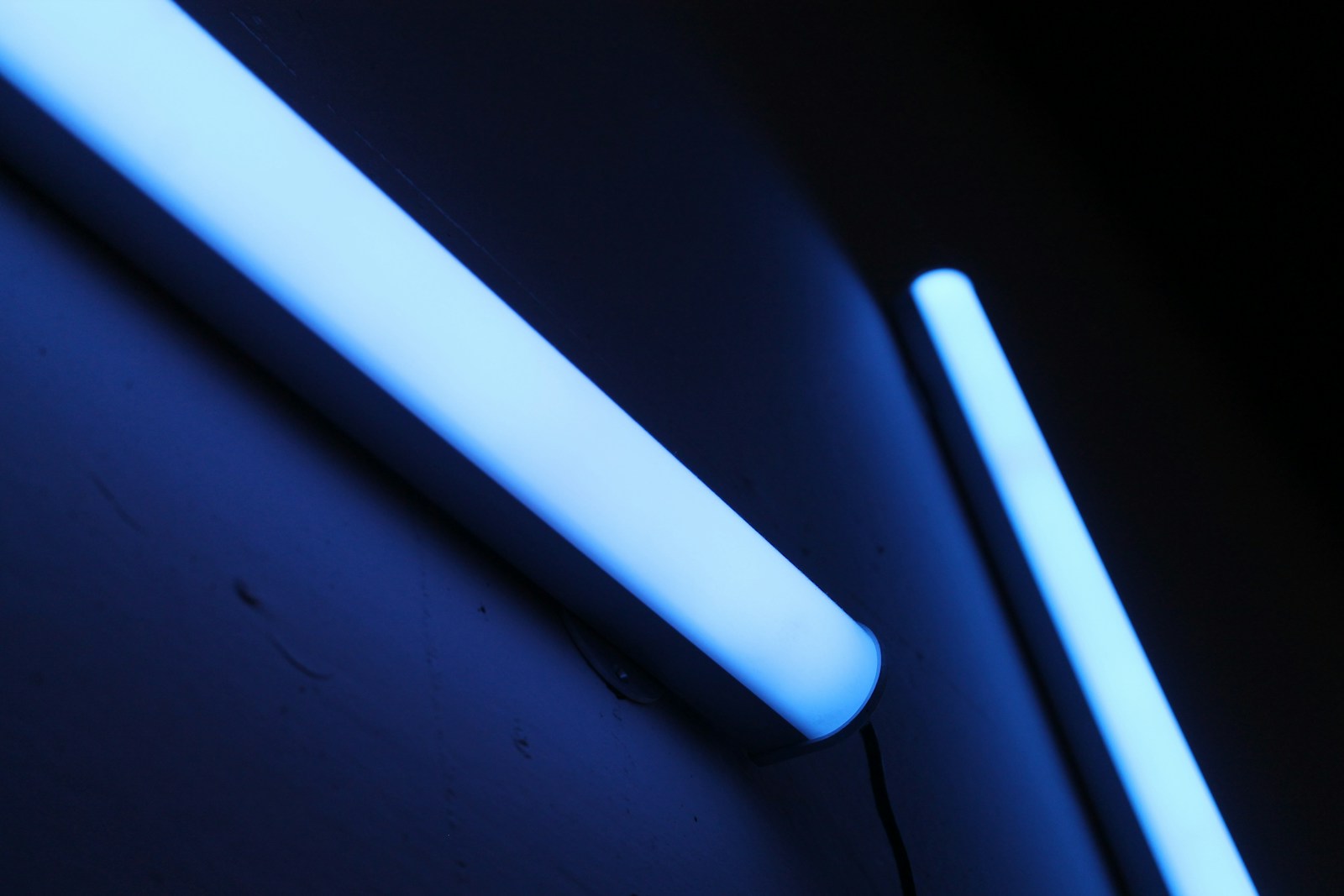For utilities looking to implement effective wildlife protection solutions, it is essential to understand the quality and durability of the products you are purchasing. Arguably, one of the most effective ways to determine quality is through the use of accelerated Ultraviolet (UV) testing recommended by IEEE 1656. This process simulates the effects of prolonged exposure to sunlight and moisture. By combining accelerated UV aging with other mechanical and material test, it is effective for predicting how products will withstand real-world conditions. By understanding and requesting UV testing results, utilities can ensure they are purchasing higher-quality products that endure the test of time.
Understanding Accelerated UV Testing
Accelerated UV testing, as outlined in the IEEE 1656 Ultraviolet Aging guidelines, involves exposing materials to intensified UV light, which mimics the sun’s ultraviolet rays. This process can simulate years of exposure in a matter of weeks. The test chambers used in this process have UV lamps that replicate the sun’s spectrum.
IEEE 1656 recommends performing UV Aging in a chamber that meets the requirements in ASTM D4329 and performing repeating cycles in accordance with ASTM G154 resulting in a repeating simulation cycle as follows:
<iframe width=”560″ height=”315″ src=”https://www.youtube.com/embed/LDj2yyLeRJ0?si=dm_lD96izcnYArdE” title=”YouTube video player” frameborder=”0″ allow=”accelerometer; autoplay; clipboard-write; encrypted-media; gyroscope; picture-in-picture; web-share” referrerpolicy=”strict-origin-when-cross-origin” allowfullscreen></iframe>
The main goal of UV exposure testing is to identify potential weaknesses in materials that could lead to degradation, such as fading, cracking, or loss of mechanical integrity. This can be measured quantitatively by performing mechanical tests and material tests before and after submitting the material to UV aging. Requiring testing according to this pattering helps utilities evaluate and predict product longevity and performance in real-world environments.
The Benefits of Accelerated UV Testing
1. Enhanced Product Durability
Accelerated UV resistance testing helps confirm products can withstand prolonged exposure to sunlight. This is especially important for products used outdoors in the rigorous environment created by the electrical power grid. UV testing for materials for both barriers and guards is also beneficial. Evaluating according to these standards allows utilities to implement protection with durable products that maintain their appearance and functionality over time.
2. Improved Material Selection
The testing process allows manufacturers to compare different materials and coatings, selecting those that offer the best potential to last in the field. This also encourages manufacturers to be more innovative in developing products and materials that are better suited to withstand the effects of sunlight and weather exposure.
3. Quality Assurance
Accelerated UV testing provides concrete data on how materials will perform under extreme conditions, ensuring your ability to select only the highest quality products. This contributes to grid reliability and improving numbers related to SAIDI and SAIFI. Referring to IEEE 1656 for UV testing helps have an easy and commonly accepted guideline to consistently measure quality across products.
4. Cost Savings
Requiring accelerated UV testing can save significant amounts of money in the long run by identifying potential material failures prior to implementation. By maintaining your ability to invest in quality products, utilities can experience significant cost savings in the long-term by avoiding: (1) the cost of unplanned outages due to subpar protection, (2) the need to replace low quality products after short periods of time, (3) costs related to the safety and lowered customer confidence as a result of unplanned outages.
5. Maintain High Standards
Many industries and other product categories in the power industry have stringent standards for UV resistance, particularly those involving outdoor applications. It is only reasonable that those high standards we apply in other areas should be expected for the products we install on high value equipment. Accelerated UV testing ensures that products meet these regulatory requirements, avoiding potential legal issues and market entry barriers. The IEEE1656 guide is a good reference to act as a guideline in determining whether a product is durable.
UV Aging Real-World Applications
Rauckman Utility Products meet the highest standards of quality and durability. All of our products go through extensive UV testing using sample sizes of product material, exceeding 1000 hours, to verify performance. We perform mechanical and material tests before and after performing accelerated UV aging. This rigorous UV degradation testing ensures that materials can endure prolonged exposure to harsh sunlight without compromising their integrity or functionality. We do this to demonstrate our commitment to quality and durability and to ensure we provide customers with reliable products that withstand real-world conditions.
Conclusion
Accelerated UV testing, as defined by the IEEE 1656 standards for UV testing, is an invaluable tool for utilities aiming to implement high-quality, durable protection products. When you choose Rauckman products, you can trust that they have been tested to the highest UV testing standards for exceptional performance and durability.
Rauckman products are tested to exceed many of the IEEE 1656 recommendations. Contact us today to request a quote or to ask any questions regarding our products.


